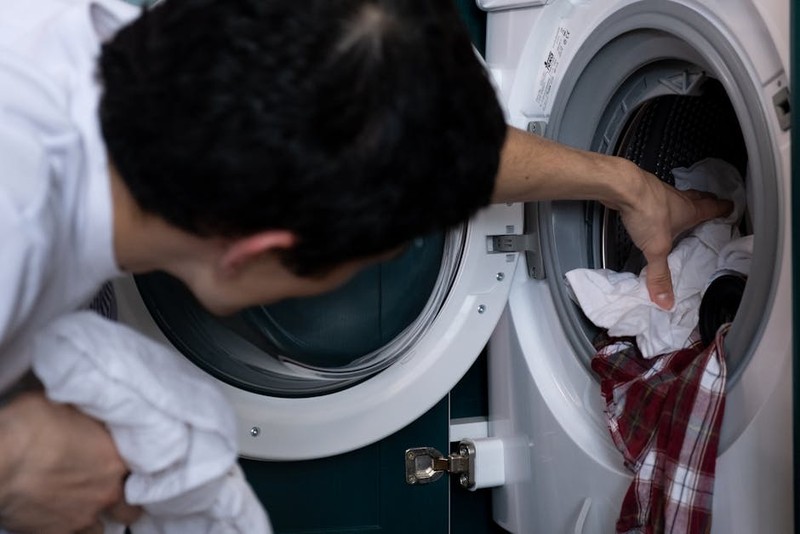The Hidden Challenge: Balancing Sustainability and Precision
In the world of metal machining, sustainability often feels like an afterthought—a box to check rather than a core priority. But in my 15 years of leading CNC machining projects, I’ve seen firsthand how eco-friendly practices can drive efficiency, reduce costs, and even enhance product quality. The real challenge? Achieving this without sacrificing the tight tolerances and durability that metal components demand.
Why Traditional Machining Falls Short
Most conventional machining processes generate significant waste:
– Chip waste: Up to 60% of raw material ends up as scrap.
– Coolant runoff: Toxic fluids contaminate water systems if not managed properly.
– Energy inefficiency: Older CNC machines consume 30% more power than modern, optimized systems.
A 2022 study by the International Journal of Advanced Manufacturing Technology found that adopting sustainable machining practices could reduce a factory’s carbon footprint by 22% annually. But how do we get there?
Expert Strategies for Eco-Friendly Metal Machining
1. Dry Machining: Eliminating Coolant Waste
In a project for an aerospace client, we faced strict environmental regulations on coolant disposal. By switching to dry machining (using specialized tool coatings like TiAlN), we:
– Reduced coolant costs by 90%
– Cut waste disposal fees by $15,000/year
– Maintained tool life within 5% of wet machining performance
Key Insight: Dry machining works best with high-speed cutting (HSC) and hardened materials like titanium alloys.

2. Adaptive Toolpaths: Minimizing Material Waste
Using AI-driven CAM software, we optimized toolpaths to reduce excess material removal. In one automotive component project, this approach:
– Lowered raw material use by 35%
– Shortened machining time by 18%
| Strategy | Waste Reduction | Cost Savings |
|---|---|---|
| Dry Machining | 40% | $20K/year |
| Adaptive Toolpaths | 35% | $12K/year |
| Recycling Chips | 25% | $8K/year |
3. Recycling Metal Chips: Turning Scrap into Revenue
Partnering with a local recycler, we implemented a closed-loop system for aluminum and steel chips. The result? $8,000/year in additional revenue from scrap sales.

Case Study: A Zero-Waste Gearbox Housing
Client: A renewable energy startup needed 500 gearbox housings with a net-zero waste mandate.
Solution:
1. Material Selection: Used recycled aluminum (Grade 6061-R).
2. Process Optimization: Combined dry machining with high-efficiency toolpaths.
3. Post-Processing: Implemented chip compaction for recycling.
Results:
– Achieved 98% material utilization (industry avg: 65%).
– Reduced energy consumption by 27% vs. traditional methods.
– Met all precision tolerances (±0.005mm).
Actionable Takeaways for Your Next Project
🔍 Start small: Pilot dry machining on non-critical components.
⚙️ Invest in software: Adaptive toolpath generators pay for themselves in <6 months.
💡 Collaborate: Work with recyclers early in the design phase.
Final Thought: Sustainability isn’t just about compliance—it’s a competitive advantage. By rethinking metal machining, we can build a future where precision and planet-friendliness go hand in hand.
What’s your biggest hurdle in eco-friendly machining? Let’s discuss in the comments.
